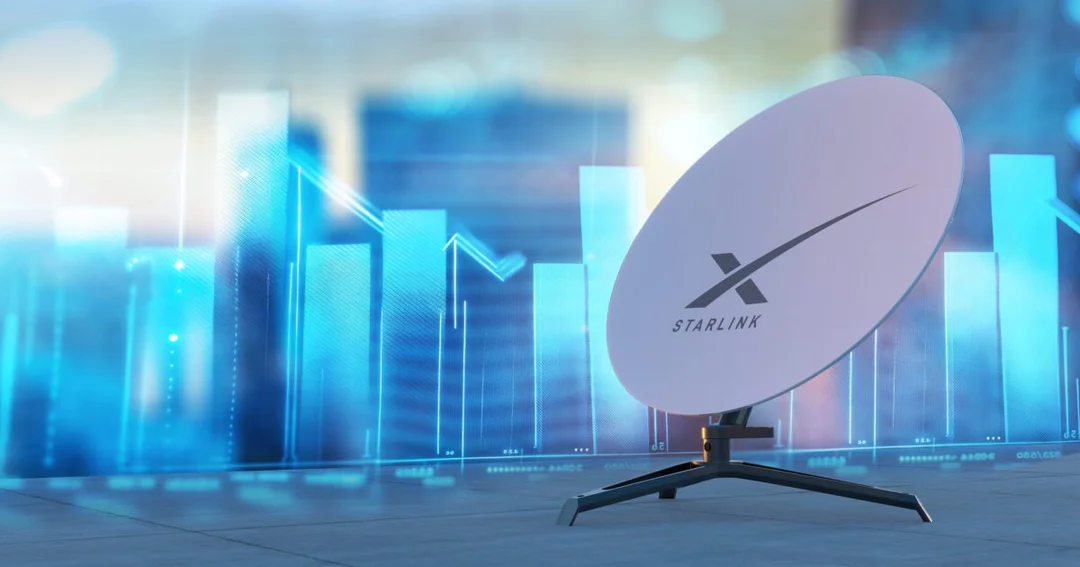
Starlink’s African Internet Revolution: Balancing Speed, Access, and Regulatory Hurdles
The race to connect Africa is heating up, with Starlink leading the charge in satellite internet. But can Elon Musk's venture truly bridge the digital divide, and what are the challenges along the way? This article dives deep into the performance, impact, and complexities of Starlink's expansion across the continent.
For decades, Africa's connectivity has been seen as a massive opportunity, given its large population still awaiting digital access. However, significant obstacles remain. According to the GSMA, Sub-Saharan Africa had a mobile internet penetration of just 27% at the end of 2023, leaving 60% unconnected. This lack of connectivity impacts economic growth, healthcare, education, and finance.
While many unconnected people live within network coverage areas, affordability and lack of digital skills impede adoption. Furthermore, 13% of the Sub-Saharan population lacks 4G coverage, essential for participating in the digital economy. These regions often lack investment from mobile network operators (MNOs) due to low return on investment.
Starlink, with its low-earth orbit (LEO) satellite constellation, has emerged as a major disruptor by directly connecting consumers, bypassing traditional telco partnerships. Amazon’s Kuiper constellation is also on the horizon, adopting a partnership model. GlobalData senior analyst Ismail Patel notes that Sub-Saharan Africa lags in fixed connectivity, with limited prospects for laying fiber or copper cables in rural areas untouched for decades.

Starlink's Performance in Africa
Ookla reports that Starlink generally outperforms terrestrial ISPs in Sub-Saharan Africa in download speed, though it lags in latency. In Q1 2025, Starlink delivered median download speeds exceeding 40 Mbps in most available countries, significantly outpacing terrestrial ISPs. Botswana, Eswatini, and Rwanda even saw speeds above 75 Mbps. However, countries like Nigeria and Kenya experienced lower speeds (below 50 Mbps), likely due to capacity constraints.
The deployment of local Points of Presence (PoP) has considerably reduced latency, especially in East African countries like Kenya, where latency has dropped below 60 ms. Rhys Morgan, Intelsat’s EMEA Regional Vice President, emphasizes the importance of partnerships with MNOs to extend connectivity and benefit Africa’s growing population.

Challenges and Opportunities
Despite the buzz, Starlink's rapid expansion faces challenges. Affordability, regulatory hurdles, and data sovereignty concerns loom large. Foreign providers, like Starlink, may face scrutiny from governments keen on protecting citizens' data. Karim Yaici, Ookla’s lead industry analyst, pointed out that the capacity issues caused download speeds in Kenya to fall to an average of 47 megabits per second (Mbps) . This is down from highs of over 200 Mbps when the firm entered the country in July 2023,. . Some governments may incentivize partnerships with Starlink to retain control over data.
Morgan believes offering the right solutions and use cases at reasonable prices will drive adoption. He highlights mobile money as a successful example, empowering businesses. However, widespread infrastructure facilitated by strong partnerships is crucial.
The Future of Connectivity
Starlink's entry has already spurred competition. For example, Patel notes that its entry into the Democratic Republic of Congo directly triggered the partnership between Vodacom and Orange. These partnerships aim to boost organic growth by serving previously underserved rural areas.
While Starlink and Kuiper represent a threat to traditional operators, collaboration is key to widespread connectivity in Africa. LEOs, GEOs, and MEO satellite systems will likely coexist to meet Africa’s growing data demand. As Starlink expands and optimizes its network, it has the potential to become an even more competitive solution for broadband access in Sub-Saharan Africa. For now, users must weigh the benefits of higher speeds at potentially higher costs against increased latency when choosing between Starlink and terrestrial broadband services.
Will Starlink usher in a new era of digital access for Africa, or will regulatory hurdles and capacity constraints limit its potential? Share your thoughts and predictions in the comments below.